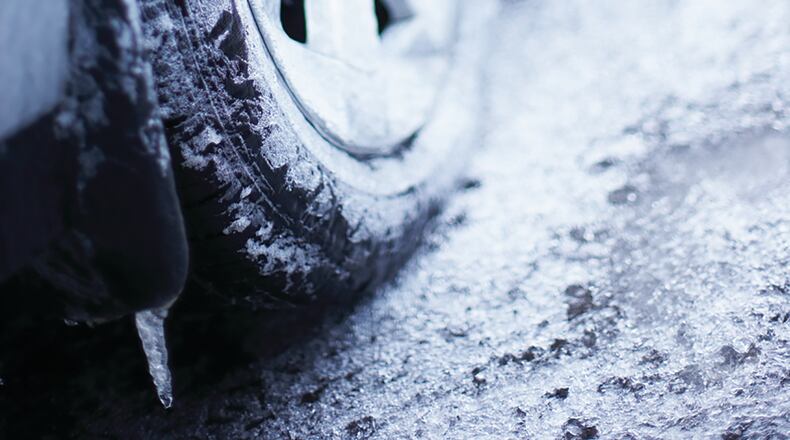According to the insurance company Carsurance, more than 156,000 crashes occur annually due to icy roads. Roughly 17 percent of all vehicle crashes happen in winter conditions. Winter hazards are not exclusive to driving, however. That means winter safety involves a consideration of a host of factors.
1. Changing visibility
While slippery surfaces may contribute to some accidents, visibility can quickly change with winter weather. Blowing snow can contribute to whiteout conditions. In addition, fog can be hazardous to drivers, aviators and mariners and contributes to thousands of travel accidents every year, advises the National Weather Service. It’s important to slow down, leave plenty of distance, use your low-beam headlights and recognize when it may be safest to pull over, such as when visibility is significantly compromised.
2. Snow removal
Shoveling snow or using a snowblower are common wintertime activities. Yet strenuous levels of activity in cold temperatures could put people at risk of heart attack, particularly if they are not acclimated to physical activity. Always warm up prior to shoveling snow to prepare the body for exercise. Go slowly and take frequent breaks. Avoid twisting and tossing snow over your shoulder, which can contribute to back injuries.
3. Carbon monoxide poisoning
Winter weather means turning up the heat or doing more indoor cooking. Carbon monoxide is produced through the burning of fuel in various forms, including stoves, engines, gas ranges, portable generators, and grills. The National Safety Council says carbon monoxide is an odorless, colorless gas that can go undetected as it builds up in enclosed spaces. Never warm up the car inside of a contained garage. Do not use portable flameless chemical heaters indoors, and have furnaces, water heaters and other fuel-burning appliances checked and serviced by a qualified technician annually. Be sure that carbon monoxide alarms are on every floor of the home, and take it seriously if the alarm goes off.
4. Black ice
Black ice is a common winter foe. Black ice forms when temperatures rise above freezing during the day, melting any snow on the ground and causing surfaces to become wet. If the temperature drops once more while the ground is wet, a thin, transparent sheet of ice can form. Black ice also may occur if moisture in the air condenses and forms dew or fog, and then the temperature drops below freezing, says the National Weather Service. Black ice gets its name because it looks black on asphalt roads. However, it also can form on sidewalks and overpasses, or spots shaded by trees or other objects. Slowing down and exercising extreme caution are essential.
Winter is a beautiful season. But it can be just as hazardous as it is awe-inspiring. Taking steps to stay safe in unpredictable conditions is a necessity each winter.
About the Author
